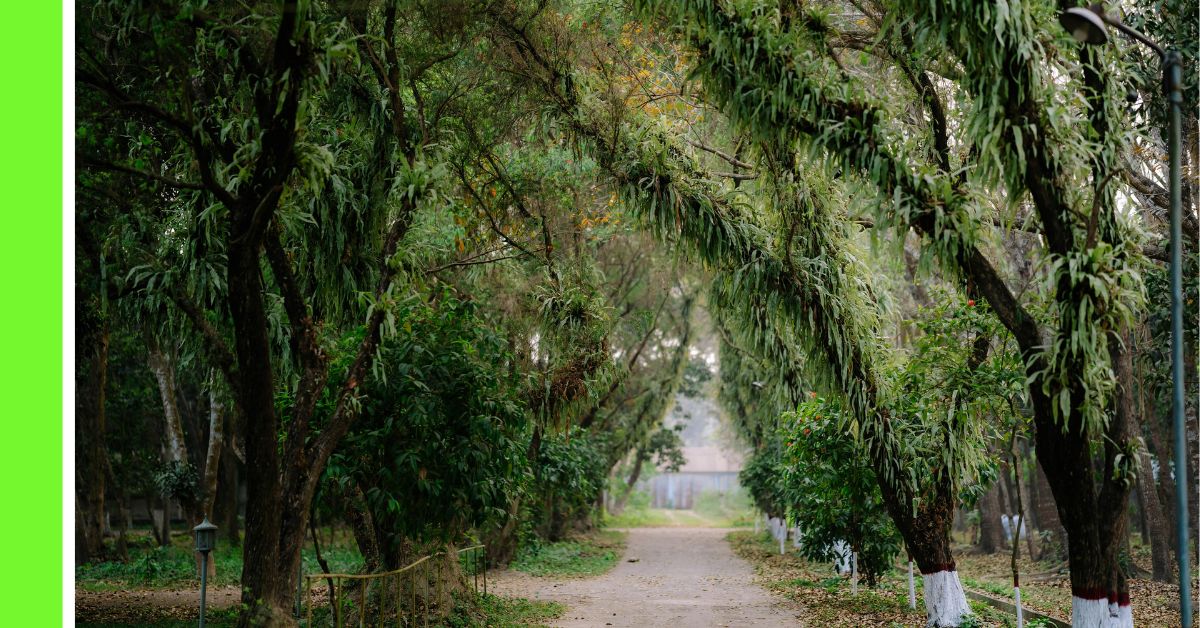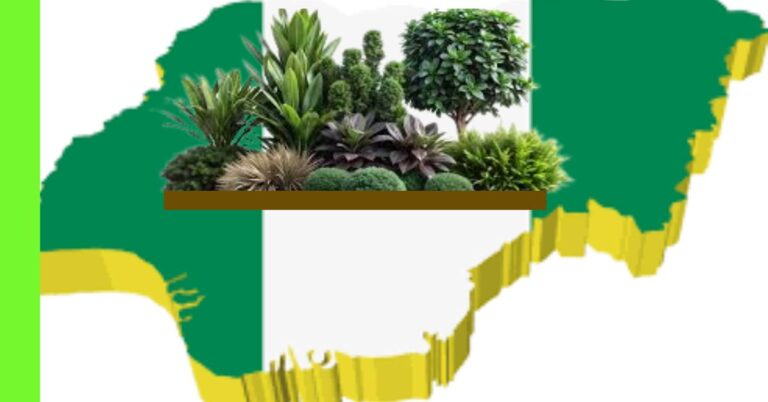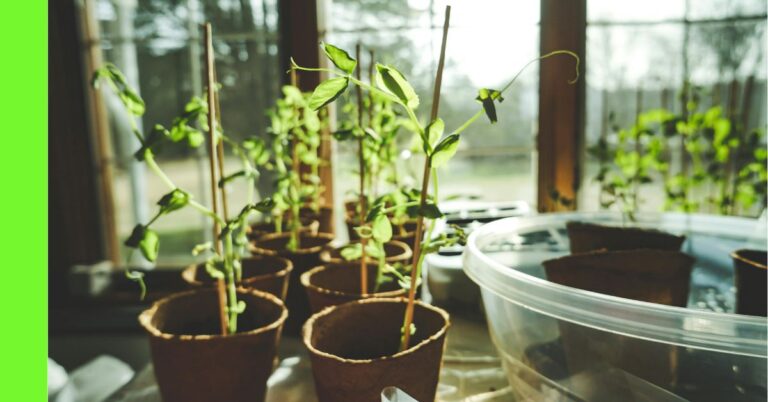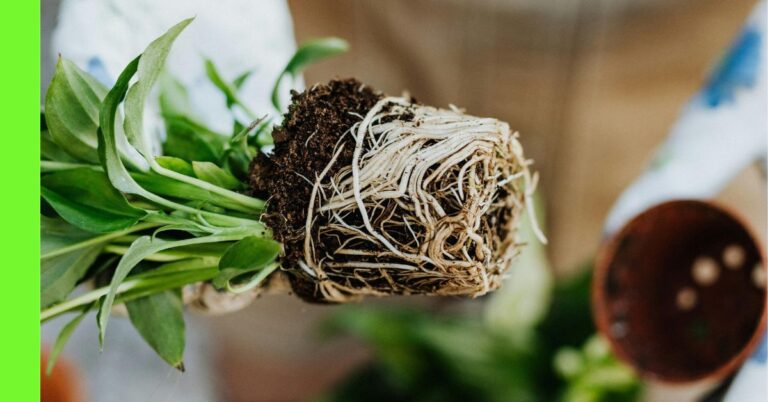Shade: Choosing the Right Crops for Different Light Conditions

Not all crops need full sun to thrive.
In Nigeria’s diverse climates, from the rainforest regions to the dry savannahs, some plants flourish in shaded areas, while others struggle without enough light.
Whether you’re growing crops in a container, maintaining a home garden, or planting on a larger scale, understanding how different shade levels affect crops can improve your harvests and reduce stress on your plants.
Types of Shade in Gardens and Farms
Just like we have different soil types, shade also comes in various forms:
- Full Shade: Less than 3 hours of sunlight per day, common under large trees or behind buildings.
- Partial Shade: 3 to 6 hours of sunlight, usually morning or evening light.
- Dappled Shade: Sunlight that filters through leaves, often found under cocoa, oil palm, or banana trees.
- Light Shade: 6+ hours of sunlight with some obstruction, or filtered light all day.
Knowing the kind of shade your space gets is the first step to choosing the right crops.
Crops That Thrive in Shade
1. Full Shade Crops and Plants
These are ideal for areas that get very little direct sunlight:
- Telfairia occidentalis (Ugu or Fluted Pumpkin): Young shoots can grow in low light, especially early in the season.
- Cocoyam (Ede): Tolerates shade well and prefers moist, sheltered areas.
- Ferns and ornamental leaves: Used around homes for landscaping and thrive in very shady spots.
2. Partial Shade Champions
Crops that love some sun but benefit from afternoon shade:
- Amaranth (Green/“Inine”): Grows quickly and does well with morning light.
- Ewedu (Jute): Tolerates partial shade and does best in moist environments.
- Okra (Lady’s Finger): Can handle partial shade, especially during the hot, dry season.
- Celosia (Soko): A popular leafy vegetable in the southwest that thrives under filtered light.
3. Dappled Shade-Friendly Crops
These are great for planting under trees like mango, banana, or plantain:
- Chilli Pepper: Young plants prefer protection from harsh midday sun and perform well under dappled shade.
- Garden Egg: Benefits from filtered light, especially in extremely hot conditions.
- Ewedu: Grows well under tall trees with broken light.
4. Light Shade
Many Nigerian herbs and traditional plants grow better in cooler, shaded areas:
- Scent Leaf (Nchiawu): Does well in partial shade, especially in the afternoon.
- Bitter Leaf (Vernonia amygdalina): Prefers some protection from harsh sun.
- Lemongrass: Grows well in light or partial shade, especially in the rainy season.
Why Shade Is an Asset in Agriculture
With Nigeria’s intense sunlight and long dry seasons in some areas, shade can help:
- Prevent leaf burn and heat stress.
- Conserve soil moisture, reducing watering needs.
- Support mixed cropping systems, especially with taller plants creating shade for smaller ones.
This is especially important for urban gardeners and smallholder farmers working with limited space and resources.
Tips for Managing Shade in Your Farm or Garden
- Use shade nets or intercropping with tall plants like maize or cassava to create natural shade.
- Water consistently: shade doesn’t mean dry, especially under large trees where rain may not reach the soil easily.
- Improve soil drainage: shaded spots can retain moisture longer and become waterlogged if the soil isn’t well-structured.
- Observe the light pattern: morning sun is gentler and better for most crops than harsh afternoon sun.
Final Thoughts
Shade isn’t a problem, it’s a tool.
When you understand how to work with it, you unlock the ability to grow more diverse crops, extend planting seasons, and reduce plant stress.
Whether you’re planting vegetables in Lagos, tending a farm in Enugu, or starting a small garden in Jos, choosing the right crops for your shade conditions will lead to healthier plants and better yields.
See Also: Guide to caring for your garden.
Hope this article was helpful.







